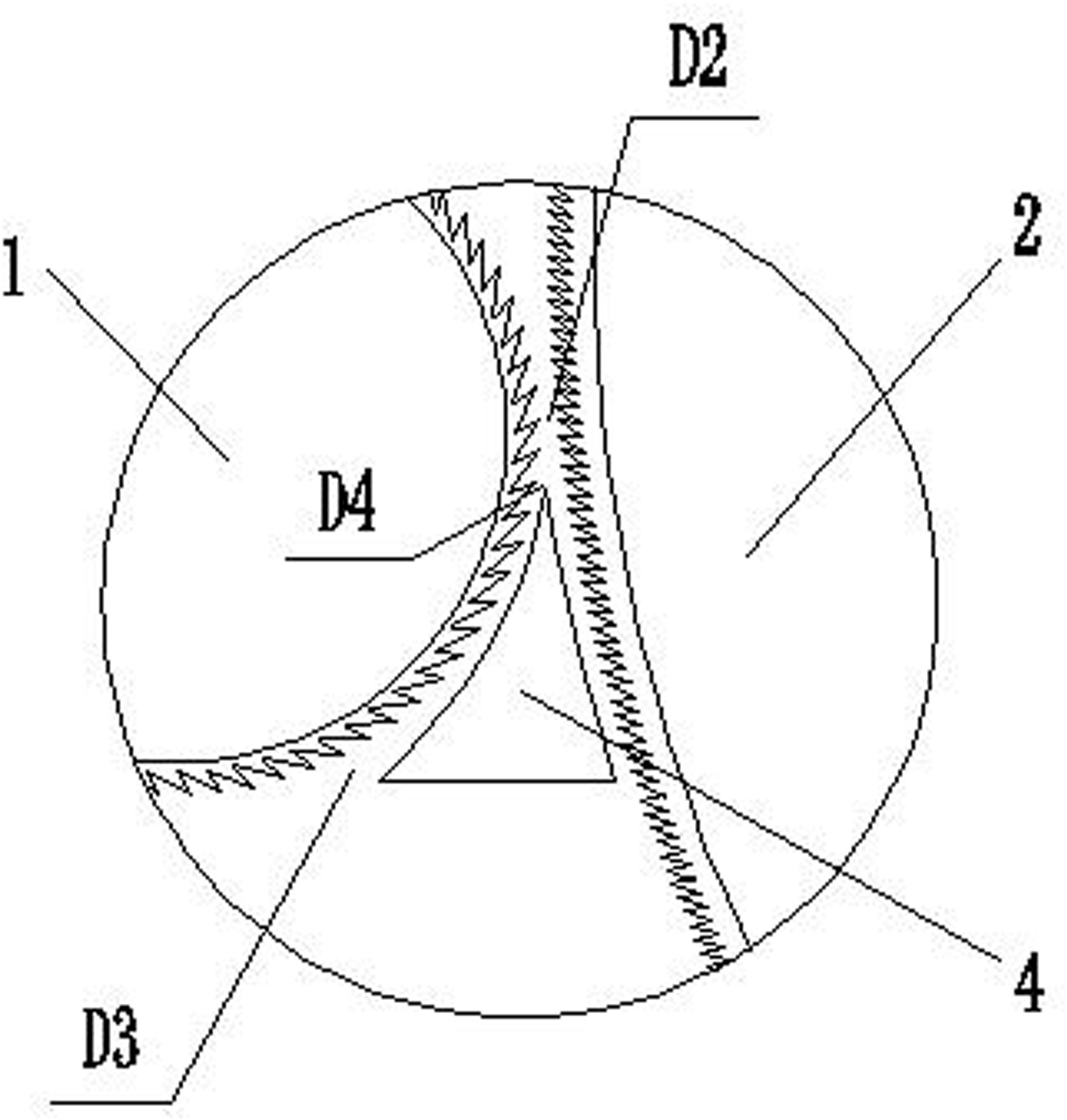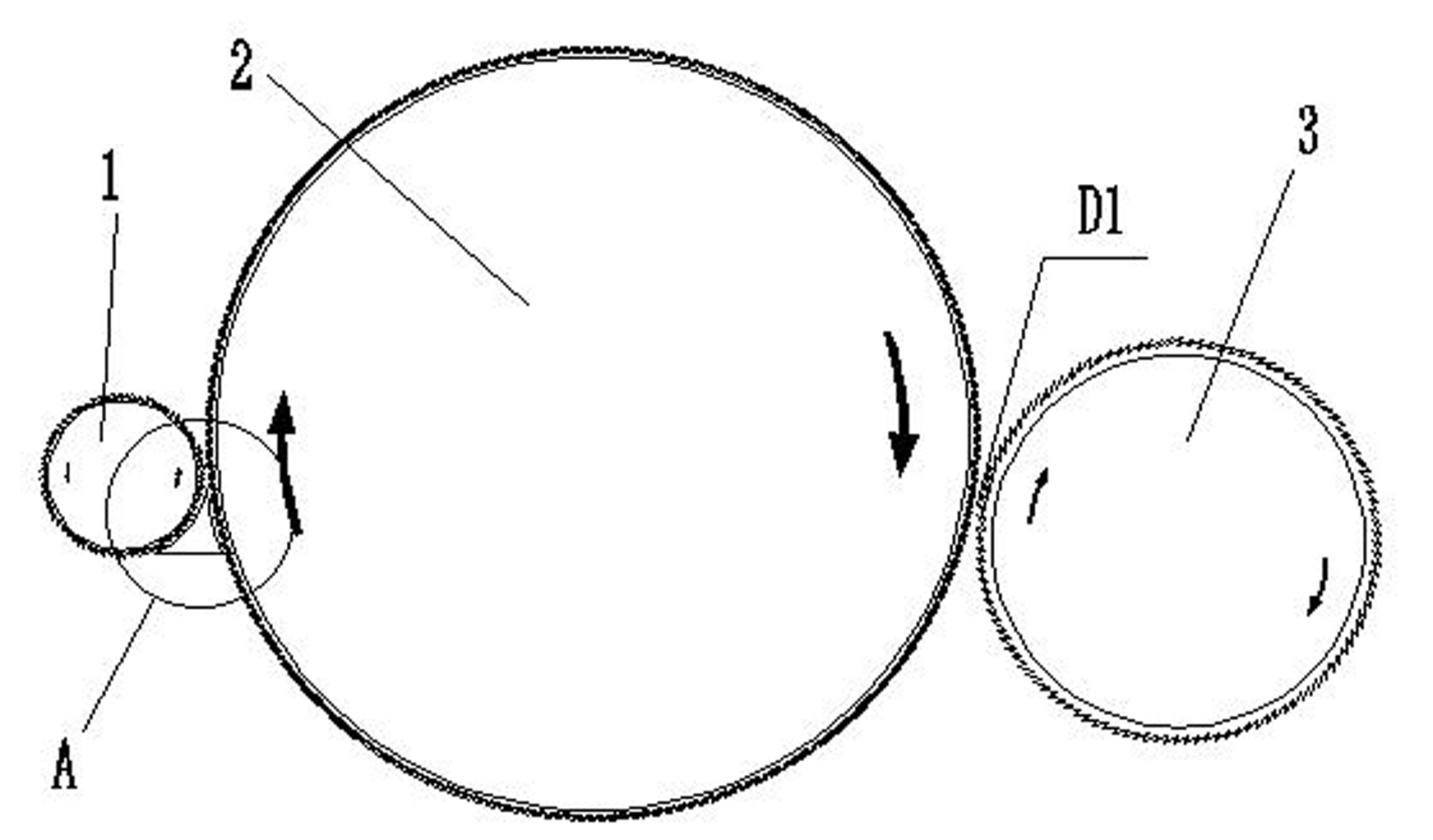Method for producing regenerated cellulose fiber yarn
A technology of regenerated cellulose and fibers, applied in fiber processing, yarn, deburring devices, etc., can solve the problems of increased flight resistance, great difference in dry and wet strength, and low wet strength of regenerated cellulose fiber yarns. Achieve the effect of increasing breaking strength and decreasing coefficient of variation of breaking strength
- Summary
- Abstract
- Description
- Claims
- Application Information
AI Technical Summary
Problems solved by technology
Method used
Image
Examples
Embodiment Construction
[0015] The technical scheme of the present invention is described in detail below in conjunction with the embodiment shown in the accompanying drawings:
[0016] The method for producing regenerated cellulose fiber yarn in the present invention comprises the steps: 1. Opening and cleaning cotton: loosening the compressed raw material into smaller fiber blocks or fiber bundles, so as to facilitate the smooth progress of mixing and impurity removal, Remove most of the impurities, defects and short fibers that are not suitable for spinning in the raw fibers, and fully and evenly mix the raw fibers of different components to stabilize the quality of the fiber yarn; ② Carding: decompose the fiber blocks into single Fiber state, improve the straight and parallel state of fibers, remove small impurities and short fibers in the fiber roll, make the fibers further fully and evenly mixed, and make uniform fiber strips; ③, drawing: merge with 8 fiber strips, improve The long fragments of...
PUM
| Property | Measurement | Unit |
|---|---|---|
| twist factor | aaaaa | aaaaa |
Abstract
Description
Claims
Application Information
 Login to View More
Login to View More - R&D
- Intellectual Property
- Life Sciences
- Materials
- Tech Scout
- Unparalleled Data Quality
- Higher Quality Content
- 60% Fewer Hallucinations
Browse by: Latest US Patents, China's latest patents, Technical Efficacy Thesaurus, Application Domain, Technology Topic, Popular Technical Reports.
© 2025 PatSnap. All rights reserved.Legal|Privacy policy|Modern Slavery Act Transparency Statement|Sitemap|About US| Contact US: help@patsnap.com



